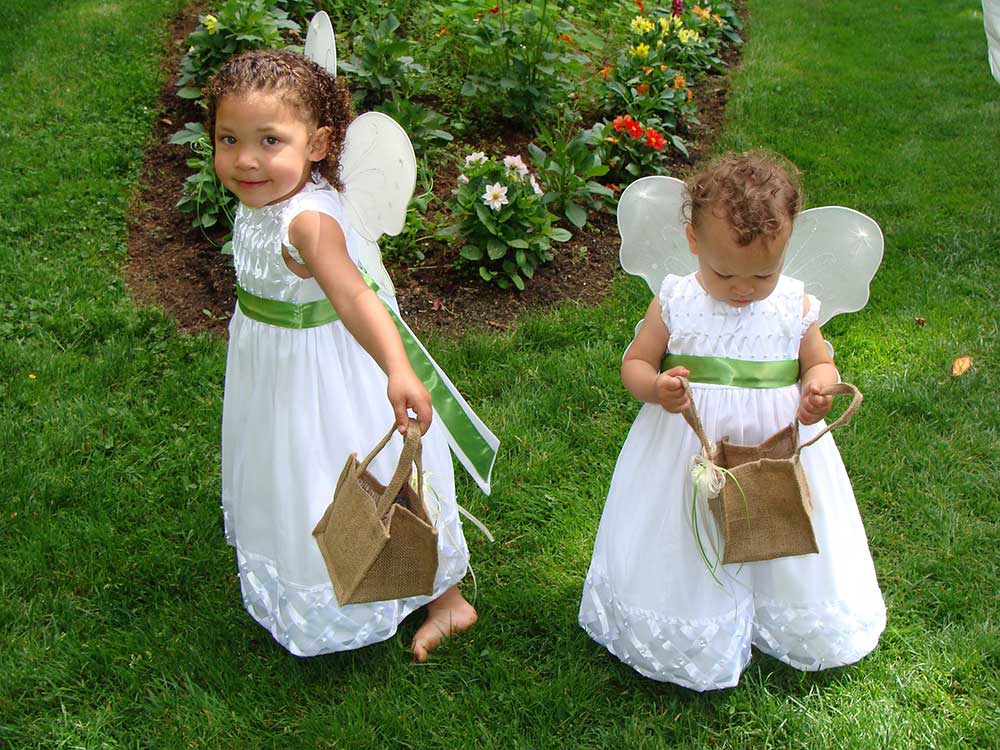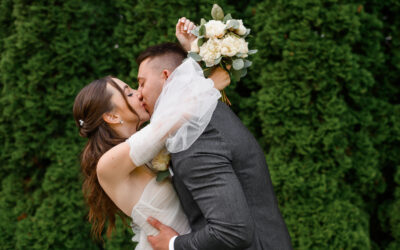Your destination wedding is a celebration of two individuals coming together with the Dominican providing the perfect backdrop. Incorporating some local Dominican wedding traditions can add a special touch to your own wedding. Here are some local traditions you might want to incorporate into your own events and celebrations.
Dominican Wedding Traditions
The culture of the Dominican Republic is a mix of Spanish and African heritages, and Spanish is the official language of the Dominican Republic. When it comes to Dominican Republic wedding ceremonies, the Spanish aspects shine through.
Many similarities do exist between North America and Dominican wedding traditions. However, unlike North America, there are no superstitions about it being bad luck for the groom to see the bride in her wedding dress before the ceremony. In fact, several hours before the wedding families will join together to take the wedding pictures.
If you choose to adopt this tradition, you will likely be more relaxed before the ceremony, and will be able to enjoy a special moment alone together with your partner, which could make for some sweet and romantic photos. And speaking of photos, taking your formal pictures pre-ceremony when everyone is freshly done-up is an added bonus; plus, you can get the party started sooner because once you are done with the ceremony, you’ll be ready to head straight to the reception!
Wedding Parties
Another Dominican wedding custom that is different is that bridesmaids and large wedding parties are not the norm. Often young relatives are chosen to be the flower girl, the ring bearer and the coins bearer, as well as one child may also carry a fancy white bible. Sometimes you may see the little ring bearer and flower girl dressed the same as the bride and groom, in smaller scale.
Having padrinos and madrinas, or godparents of the wedding, is very traditional. Typically the mother of the groom and the father of the bride fill the role of godparents and will serve as witnesses to the marriage. Along with the couple, the godparents also sign the marriage certificate.
Whether you choose to have a large or a small wedding party, remember that your wedding is about you and your fiancé, and it’s okay if you decide to skip having a wedding party entirely, or just have a best man and a maid of honor.
The bigger the wedding party, the more money you will spend, not to mention the responsibility it puts on those who you choose to be your attendants at your destination wedding.
At the end of the day, choose loved ones who you want to have with you on your special day.
 Arras – Dominican Wedding Unity Coins
Arras – Dominican Wedding Unity Coins
The custom of the wedding unity coins originated in Spain. A child (usually a boy) carries the arras or coins on a silver tray. The thirteen gold unity coins (arras) at some point during the ceremony are passed to the priest. The priest will pass them to the groom, and he in turn will pass them to the bride. This exchange signifies that the couple pledges to provide for each other, and that material goods are to be shared equally. Presented in ornate boxes or gift trays, this represents the bride’s dowry and holds good wishes for prosperity. These coins become a part of their family heirloom.
Ceremonia Contada
Another Dominican wedding tradition is to have a ceremonia cantada, meaning that every piece of music is actually sung, sometimes by the guests themselves, instead of being played by a band or over the speakers or just instrumental.
Church Weddings
With Dominican wedding traditions, the church is usually not divided into bride or groom sections, so guests can sit where they’d like. The mother of the groom with the groom escorting her will enter the church first. The mother of the bride then enters escorted by the father of the groom.
At the end of ceremony, a large number of people will go to the altar. These are witnesses, and there could be dozens. Asking someone to be a witness is a way of honoring them as a special guest. Many family members and friends will be included.
The newly married couple will be the first to exit the church, however guests don’t try to meet them outside throwing flower petals, rice, birdseed or confetti. Guests proceed to the reception instead.
If you are considering having your wedding in the Dominican Republic, it’s worth noting that marriages can be either civil, when the parties are married by a government official, or canonical, when the ceremony is performed by a Roman Catholic priest at a church. In the case of the Catholic wedding, the church takes the responsibility for registering the marriage with the appropriate government offices. Church weddings also need more formalities than a civil service, and you will have to fulfill all the civil wedding requirements and then some.
Dominican Wedding Receptions
It used to be that Dominican wedding receptions consisted mostly of cake and champagne, along with light appetizers. Today, however, sit down dinners are the style.
Dominican food primarily takes its influence from Spanish cooking with added touches of Caribbean herbs and spices.


For your own Dominican wedding tradition you may want to consider building your menu with some local dishes. Here are a few ideas to consider:
- Pasteles en Hoja (Dominican Style Tamales) are a little bit like Mexican tamales but with different ingredients and wrapped in plantain leaves instead of corn husks. The masa (dough) is made with green plantains and other starchy root vegetables. It’s usually filled with meat, the most popular being ground beef, chicken and pork (carnitas).
- Pernil dominicano is a bit like pulled pork. It’s juicy seasoned pork butt that falls off the bones.
- Moro de Habichuelas (Rice and Beans) – Rice is king in the Dominican Republic. A popular rice dish in Dominican households is moro, which can be made of white rice, red beans, guandules (pigeon peas) or black beans.
- For dessert, there are numerous sweets such as dulce de leche (milk fudge), and dulce de coco (coconut and milk fudge). Fruits cooked in syrup are also popular, for example bitter orange, papaya, guava, cashew or pineapple.
Gifts and Décor
Another way to add some Dominican charm to your reception would be to try incorporating things in Spanish, like the table numbers, signage, or other details.
As for gifts, the unspoken tradition of a wedding invitation is that there is a gift-giving obligation. The vast majority of Dominicans deliver their gifts to the bride’s home before the wedding day, and wouldn’t consider taking a gift with them to the wedding ceremony or reception.
In the case of your Dominican destination wedding, you may choose to spread the word that no gift is required. Or, a polite line in your registry information should let guests know to send or hand deliver a gift before the wedding, even gift cards, as they could be cumbersome or get lost.
 Dancing and Hora Loca
Dancing and Hora Loca
When planning the first dance, some people will choose to dance a soft song first, and then bring in a merengue. Merengue, after all, is the official music and dance of the Dominican Republic!
For a surprise twist, you could plan a hora loca (crazy hour) and have special entertainers delight your guests with a fire or magic show, or just hire dancers to dance with everyone.
In the End It’s All About You
In today’s society there really are no hard-and- fast rules, and gone is the era of the cookie-cutter wedding. This is about you, and you can celebrate your own way.
Whether you choose to add touches of Dominican culture to your destination wedding or not, just remember to prepare yourself for the unexpected. Getting married in another country is a wonderful experience, but sometimes the language and culture difference result in surprises. Try to just relax and go with the flow, and you’ll be sure to have a perfect wedding day!
If you have any questions about Dominican wedding traditions or if you need help in planning your Dominican destination wedding, we will be happy to help you in whatever way we can!
Did this article help you? Do you have any ideas to add? Let us know in the comments section below Happy wedding planning!




